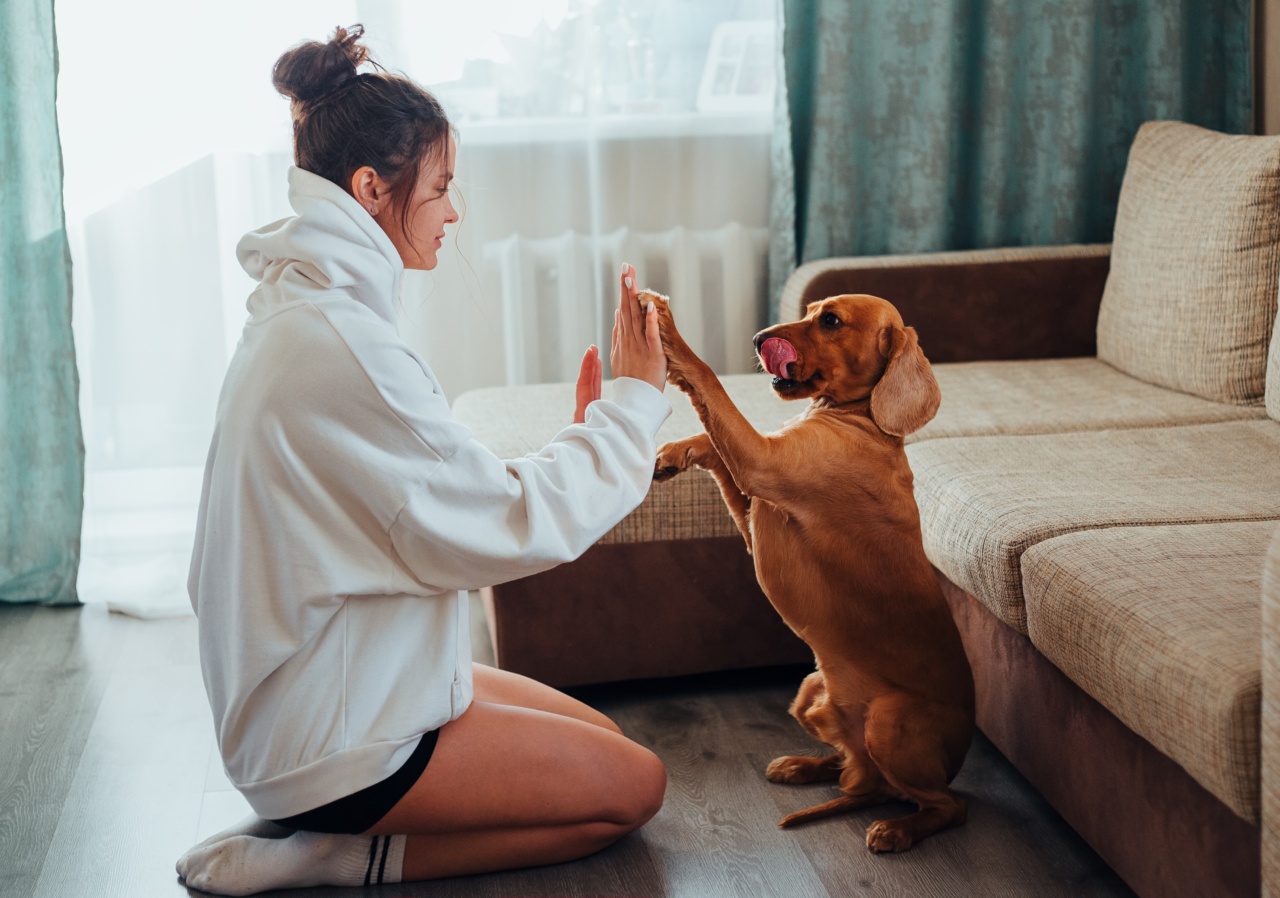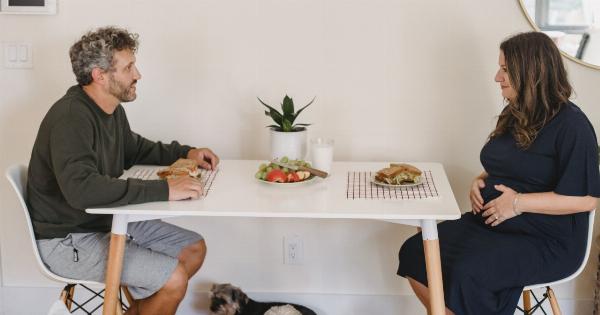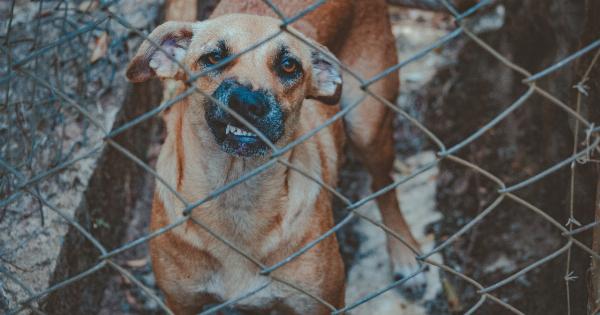It can be frustrating and stressful when your dog becomes overly excited or anxious in the presence of other dogs.
Whether you want to take your furry friend to the dog park, on walks, or simply have a calm interaction with other dogs, it’s important to teach your dog how to remain calm in these situations. With patience, consistency, and positive reinforcement, you can help your dog become more relaxed and confident around other dogs. In this article, we will provide you with effective strategies to teach your dog to be calm around other dogs.
1. Socialization is Key
Begin socializing your dog at a young age to help them become comfortable around other dogs. Expose your puppy to different dogs, people, and environments to build their confidence and reduce anxiety.
Gradually increase the intensity of the socialization experiences as your dog becomes more comfortable. Always ensure positive interactions by using treats and toys as rewards for good behavior.
2. Focus on Basic Obedience Training
Teaching your dog basic obedience commands like “sit,” “stay,” and “leave it” can help redirect their attention and maintain control in the presence of other dogs.
Train your dog in a quiet, controlled environment before practicing obedience commands around other dogs. As your dog becomes more reliable with their commands, incorporate them into real-world scenarios with other dogs.
3. Use Positive Reinforcement
Reward your dog for calm behavior around other dogs. When your dog remains calm, reward them with praise, treats, or a favorite toy. Use treats specifically reserved for these training sessions to make them extra rewarding.
Over time, your dog will associate being calm with positive rewards, reinforcing the desired behavior.
4. Gradual Exposure to Other Dogs
Expose your dog to other dogs in a controlled manner. Start with calm and well-behaved dogs on leashes, gradually increasing the level of interaction as your dog becomes more comfortable.
Avoid overwhelming them with too many unfamiliar dogs or high-energy play sessions initially. Slowly increase the duration and intensity of interactions as your dog progresses.
5. Create Positive Associations
Associate positive experiences with being around other dogs. For example, take your dog for a walk to a nearby park where they can observe other dogs from a distance. Bring their favorite treats or toys to make the experience enjoyable.
With time, your dog will associate the presence of other dogs with pleasant experiences, reducing anxiety and promoting calm behavior.
6. Desensitization Techniques
Gradually desensitize your dog to triggers that cause reactivity. This could be other dogs, specific environments, or certain situations. Start at a distance where your dog remains calm and gradually decrease the distance over several training sessions.
The goal is to expose your dog to the trigger while keeping them below their anxiety threshold, allowing them to remain calm and gradually become desensitized to the trigger.
7. Seek Professional Help
If your dog’s reactivity or anxiety around other dogs persists despite consistent training, it may be beneficial to seek the help of a professional dog trainer or behaviorist.
They can assess your dog’s behavior, provide additional guidance, and tailor a training plan specifically for your dog’s needs.
8. Maintain Calm Energy
Dogs are masters at reading human body language and energy. Stay calm and relaxed in the presence of other dogs to help your dog mirror your energy.
If you become tense or anxious, your dog may interpret it as a sign that there is a reason to be worried or reactive. Practice deep breathing exercises and use positive self-talk to keep yourself in a calm state.
9. Use Distractions
When your dog starts to show signs of anxiety or excitement around other dogs, redirect their attention to a command or a specific task. For example, ask your dog to sit or perform a trick they have learned.
Offering a distraction can help shift their focus away from potential triggers and bring their attention back to you.
10. Be Patient and Consistent
Teaching your dog to remain calm around other dogs takes time and patience. It’s important to stay consistent with your training efforts and not get discouraged by setbacks.
Celebrate small victories and continue to practice in different environments and with various dogs to ensure your dog’s progress.

























